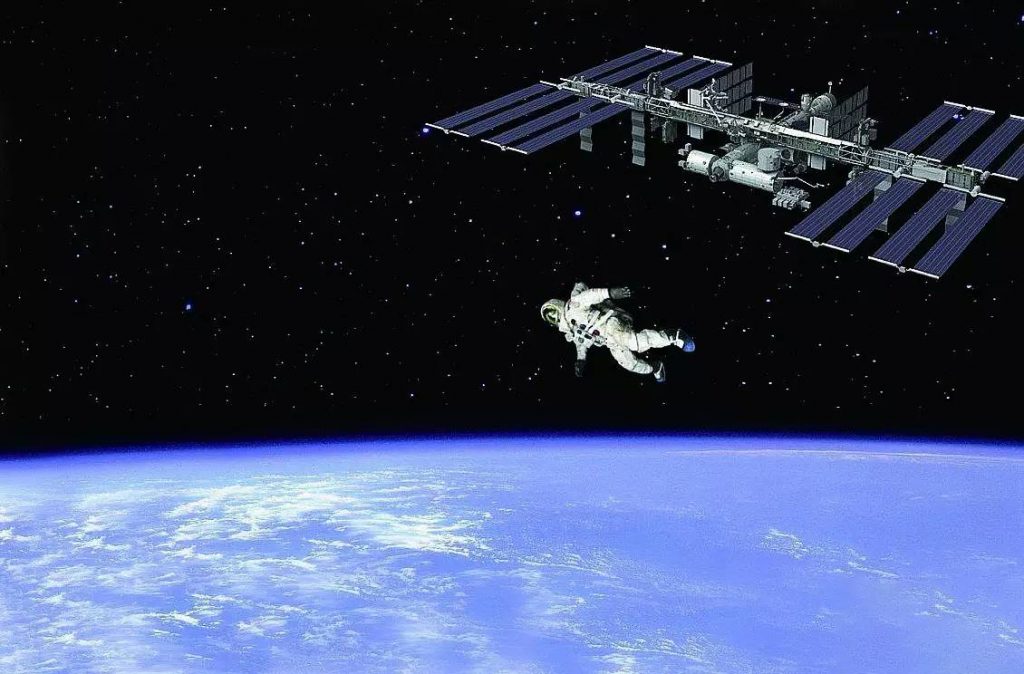
Although they are all skydiving, space skydiving is quite different from conventional skydiving.
First of all, the height of conventional parachuting is about 4.6 kilometers, and because the height of the International Space Station will float between 330 kilometers and 435 kilometers, the height of astronauts’ parachuting is also between 330 kilometers and 435 kilometers.
Secondly, if the speed of a civil airliner is taken, the jumping speed of a conventional skydiving is about 264 m/s. In contrast, the jump speed of space skydiving is 7,800 meters per second.

Finally back to the question. Regardless of the air conditions, if an astronaut parachutes from the International Space Station, then he will fly around the earth for a long time and then land on the earth, but this process is fraught with danger.
When falling to a certain height, there is a risk of hitting a satellite. When falling into the atmosphere, if the sun is strong, and under the dual effects of potential energy and air friction, astronauts are still in danger of spontaneous combustion.

But in fact, someone has successfully skydiving from space. In 2012, the Austrian Felix Baumgartner set a record for skydiving from about 39,000 meters; in 2014, Google’s vice president Alan Eustace broke this record, and he successfully jumped from about 39,000 meters. It jumped from an altitude of 41,420 meters and landed safely.
Comments